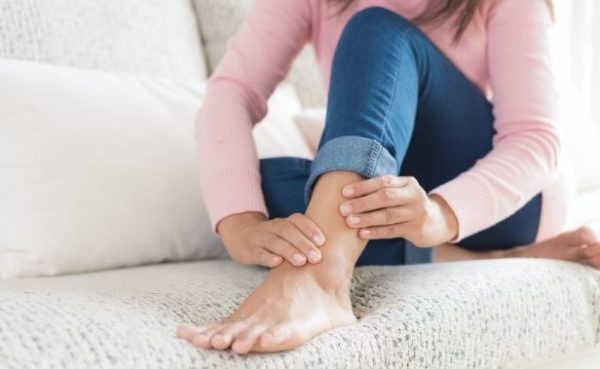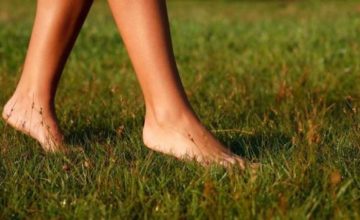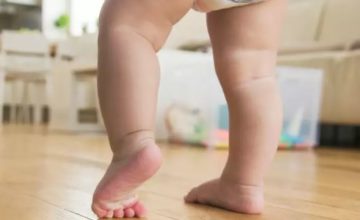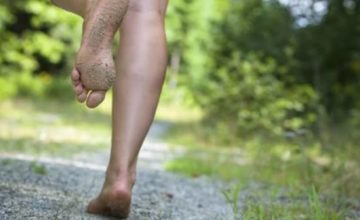
Many cultures practice shoe-free homes. However, is going barefoot at home – or wearing soft fluffy slippers – a habit that we should all adopt?
Some podiatrists (medical specialists who treat foot or lower leg problems) believe the answer is a resounding ‘no.’
And it’s not because they do not care about entering our homes with a few germs. Instead, they are concerned that walking barefoot around the house may expose our feet to structural damage.
1. Hinder the ‘function’ of the foot, causes knee and back pain
Our feet are not only at risk when we walk barefoot but also their biomechanical function. Although many generations before us walked barefoot, we should avoid it. Barefoot walking on hard surfaces leads to foot collapse, which results in tremendous stress on the foot and the rest of the body. When we walk barefoot, our feet pronate (turn in) for longer periods, altering our biomechanics and the distribution of weight and pressure across the foot. This imbalance can affect other body parts, such as the knees and back.
2. Cause imbalance, risk of foot deformities
It is possible that the imbalance caused by walking barefoot on hard surfaces will cause the progression of underlying foot deformities, such as bunions and hammertoes, and will lead to painful conditions associated with excessive pronation, such as arch/heel pain, shin splints/posterior tibial tendonitis, and Achilles tendonitis.
3. Risk of infections
Walking barefoot exposes our feet to bacterial and fungal organisms that can infect our skin and nails. Infections caused by these organisms can affect the look, odour, and comfort of the foot. Examples include athlete’s foot and fungus. People with thickened, dry, and scaly feet often assume they need to scrub and moisturise. Still, they need an anti-fungal cream because they have a fungal infection. These infections are highly contagious, so walking barefoot in communal baths and gyms can easily spread them. The organisms first infect the skin and then the nails, causing thickening, discolouration, brittleness and foul odour. After a while, the toes and skin become painful as the skin fissures and cracks and the nails thicken.
4. Worsen diabetes symptoms
Diabetes patients shouldn’t go barefoot in public to avoid skin infections. A skin infection, like fungus, can affect a diabetic’s hydration, which alters the skin’s texture, tone, and turgor. Hardness and dryness may cause skin fissures, increasing the chance of getting another infection. In addition, due to their compromised immunity, diabetics have a harder time fighting off infections, worsening the infection. The infection could lead to amputation if it is severe.
On a final note…
Walking barefoot isn’t always bad. Walking barefoot on carpet, grass, or sand is beneficial, but not on tiles or mosaics. By walking on soft surfaces, you improve circulation, which helps nourish the nerves, muscles, and bones of the feet and minimise swelling. Also, walking barefoot improves the strength and flexibility of the muscles and ligaments of the foot, improving foot function, reducing foot injuries, and improving posture and balance. It’s fine to walk barefoot on a clean, soft surface. Don’t be afraid to dance on the grass on a nice, dry day.




